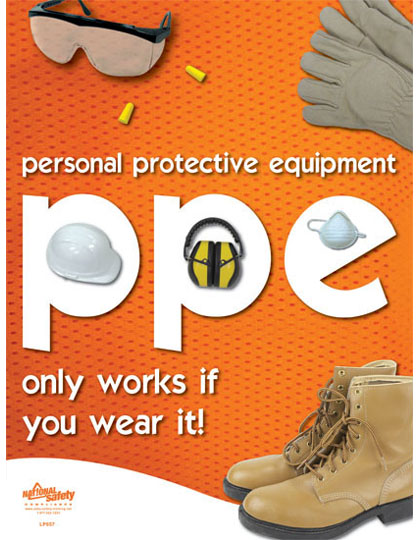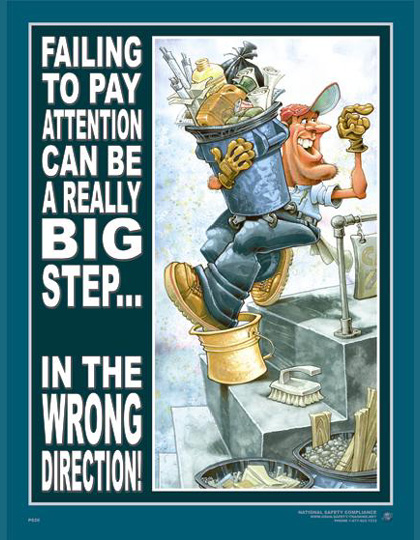MARCH 20TH – FIRST DAY OF SPRING!
Well, we’re a “DAY LATE AND A DOLLAR SHORT,” but it’s never too late to acknowledge the arrival of Spring! With warmer weather, American workers will start planning how to stay cool, especially those who work outside. Our parent company, Texas America Safety Company (www.tasco-safety.com) has the very products to help you keep your cool.
Of course, we can’t talk about safety products without mentioning the all-important safety sunglasses with UV protection. There are many fun styles to choose from that meet the ANSI Z87.1 standards for protecting your eyes. Along with safety glasses, it’s very important to keep sunscreen on hand, especially if you work outdoors all day.
In case you haven’t seen some of these products, we’d like to introduce them to you. These are great for work, and many of them are good to wear playing golf, mowing the lawn, and other “fun” chores. Let’s start out with the Miracool Bandannas. Full of tiny crystals, these MiraCool Cooling Crystals encased within the 100% cotton fabric absorb and hold up to 1000 times their weight in cool refreshing water. MiraCool Crystals work in combination with the evaporation process. When worn against head, neck or body, cooling sensations are passed to pulse points and carried throughout the body….The only thing you need to do, is soak the bandanna in cold water for about 30 minutes prior to using it. My husband and his friends wouldn’t go to the golf course without them!
Next, there’s cooling pads for hardhats. Here’s the information on these handy cooling pads:
- Just Soak In Cold Water for 30 Minutes
- Stays Hydrated For Several Days
- Reusable Thousands Of Times
- Works Without Freezing Or Ice
- Increases Alertness & Productivity
Other head cooling products include absorbent sweatbands for hardhats, Velcro terrycloth headbands, and snap-on sweat bands for headgear. The MSA V-G and Omega II hardhats allow for sunshields to be attached in order to provide extra shade. A cloth neck shield is also available to attach to the hardhat and protect workers from sun and heat. Also available for warmer weather (or anytime), is powdered Gatorade.
Check out T.A.S.C.O.’s ERB Boonie hats! Brightly colored in lime or orange, these mesh vented, high-visibility hats are great for walkers, workers, and anyone who works in their yard or garden. Guys and gals will enjoy these wild little hats!
Thanks for letting us take the time to tell you about some “cool” products for spring. Summer is just around the corner, and now’s the time to stock up so your employees can be protected as much as possible. Most of these are great for individuals at home, too! Please work safely and take breaks as often as possible. Drink plenty of water during the day. Have a pleasant spring!

